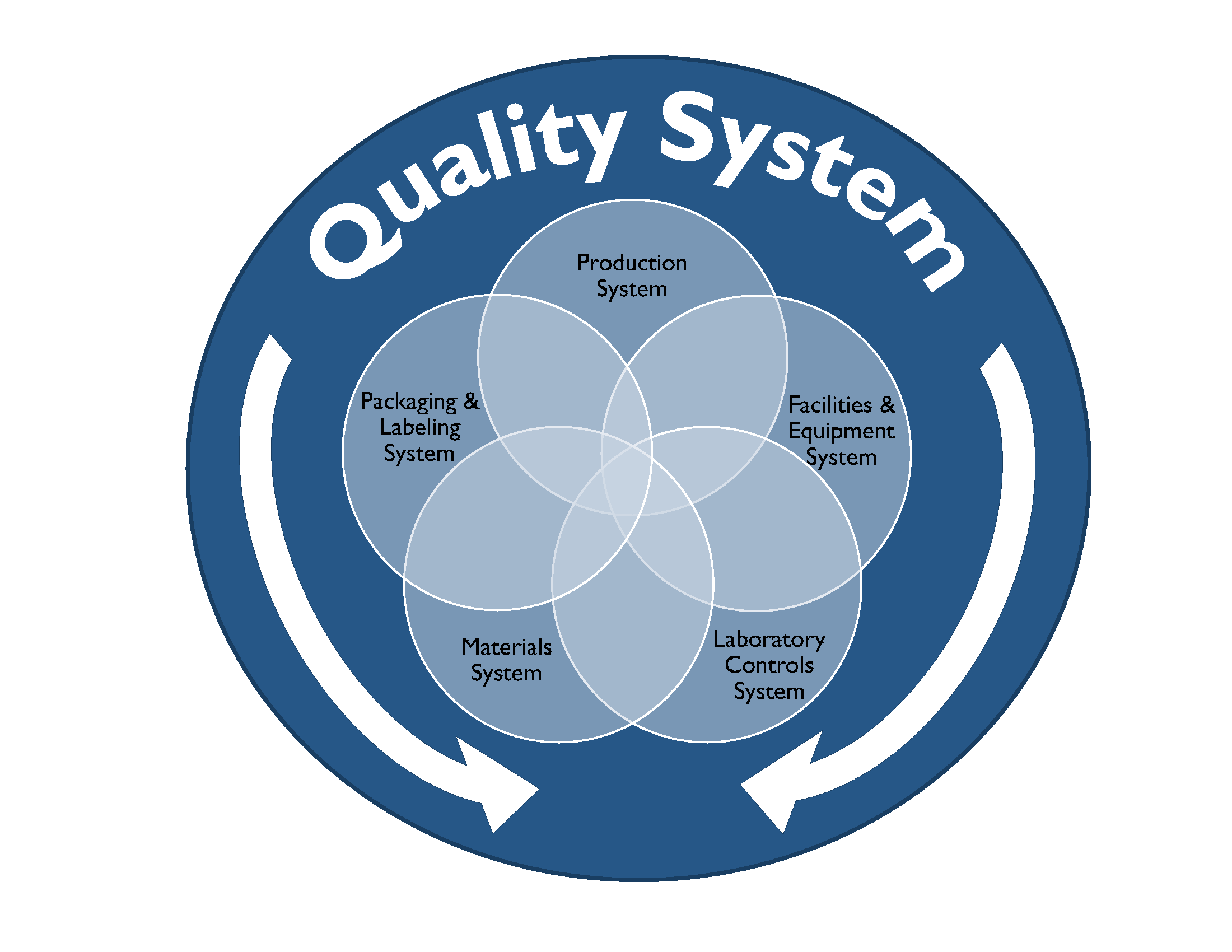July 16, 2014

July 16, 2014

Compounding is a practice in which a licensed pharmacist, a licensed physician, or, in the case of an outsourcing facility, a person under the supervision of a licensed pharmacist, combines, mixes, or alters ingredients of a drug to create a medication tailored to the needs of an individual patient.
In 2013, the passage of the Drug Quality and Security Act gave the FDA authority to regulate outsourcing facilities. Outsourcing facilities must now comply with cGMP requirements and are now subject to inspection by the FDA's Center for Drug Evaluation and Research (CDER). Those facilities that choose to register as outsourcing facilities face significant challenges in their transition to compliance with regulations and industry practices associated with Validation.
Outsourcing facilities present some unique challenges to traditional approaches to validation (e.g. small batch sizes, sometimes as few as one syringe). New strategies which are appropriate for the way business is conducted in this environment and new ways of assessing "fitness for intended use" may be needed. This blog will focus on the some of the highest priority Validation challenges faced by outsourcing facilities, and solutions will be explored in this area for successfully navigating the complexities of applying validation practices in this non-traditional arena.
Qualification of equipment such as HVAC systems, sterilizers, and hoods present challenges to these facilities; primarily because it was not previously required, and thus they have little experience with the complexities of these systems from a validation standpoint. The equipment may not have been designed to support GMP compliance, or, if qualification has been attempted, may not be robust enough to provide the appropriate level of documented evidence of fitness for intended use. A thorough gap and risk assessment is needed for these systems, followed by a remediation plan which takes into account the breadth and scope of the gaps, and the level of risk in continuing to use those systems. The remediation plan may thus include a short term plan to institute more procedural controls and/or to requalify some of the equipment and/or a long term plan to replace some or all of those systems.
Another area of concern regards processes, especially aseptic processing, cleaning, and process validation. Aseptic processing in particular can be a difficult activity due to the small batch sizes and variety of processes utilized. Cleaning validation can be difficult due to the gaps in development and rationales for how the cleaning process was established. Process validation most often has not been addressed in any form. Again, a thorough gap and risk assessment is needed for these processes, followed by a remediation plan which takes into account the breadth and scope of the gaps, and the level of risk in continuing to use those processes. The remediation plan may thus include a plan to develop and/or redesign these processes; including defining the justifications and rationales for key process steps and a long term plan to schedule and perform the validation of those processes.
In summary, a complete equipment, facilities, and process validation plan and program need to be developed and implemented for outsourcing facilities serious about continuing operations and succeeding in the current regulatory environment. An initial risk and needs assessment will serve a company well in prioritizing resources and efforts. Standard validation plans, protocols and efforts of biopharmaceutical manufacturers will not close all these gaps. The operational needs and business models of outsourcing facilities will require a Validation professional service that takes less of a single test strategy but rather more of a continuous verification model, and the ability to customize the approaches to provide science-based testing appropriate for the unique nature of outsourcing facilities. Validation strategies such as those will necessitate a Validation professional with a broad base of experience and a strong awareness of a one-to-one ratio with the client and customer.
In a future post, we will review more of the complexities of navigating GMP regulations faced by compounding pharmacies, and continue to explore solutions for solving these challenges.
Learn more about ProPharma Compliance solutions for compounding pharmacies. Contact us to get in touch with our subject matter experts for a customized Compliance presentation.

December 4, 2014
Compounding is a practice in which a licensed pharmacist, a licensed physician, or, in the case of an outsourcingfacility, a person under the supervision of a licensed pharmacist, combines, mixes, or...

June 8, 2016
As Phase I clinical trials mark the first time that an investigational new drug is administered to humans, these studies are subject to appropriate current Good Manufacturing Practices (cGMP) in...
October 16, 2018
New rules, old facilities. How do these two meet? Is it a big black hole or is there light at the end of the tunnel? When you work in an older facility, you are probably acquainted with one-liners...